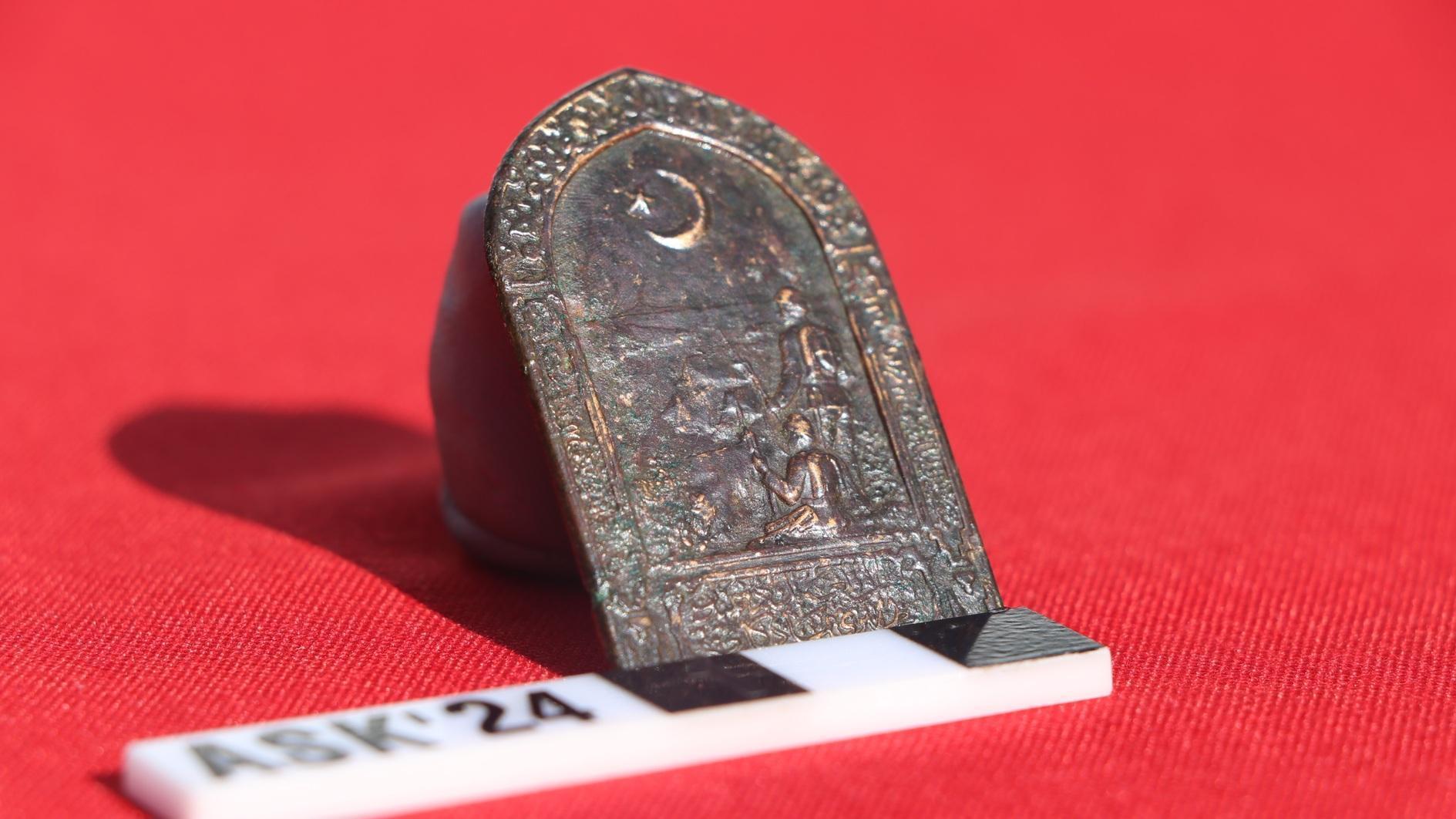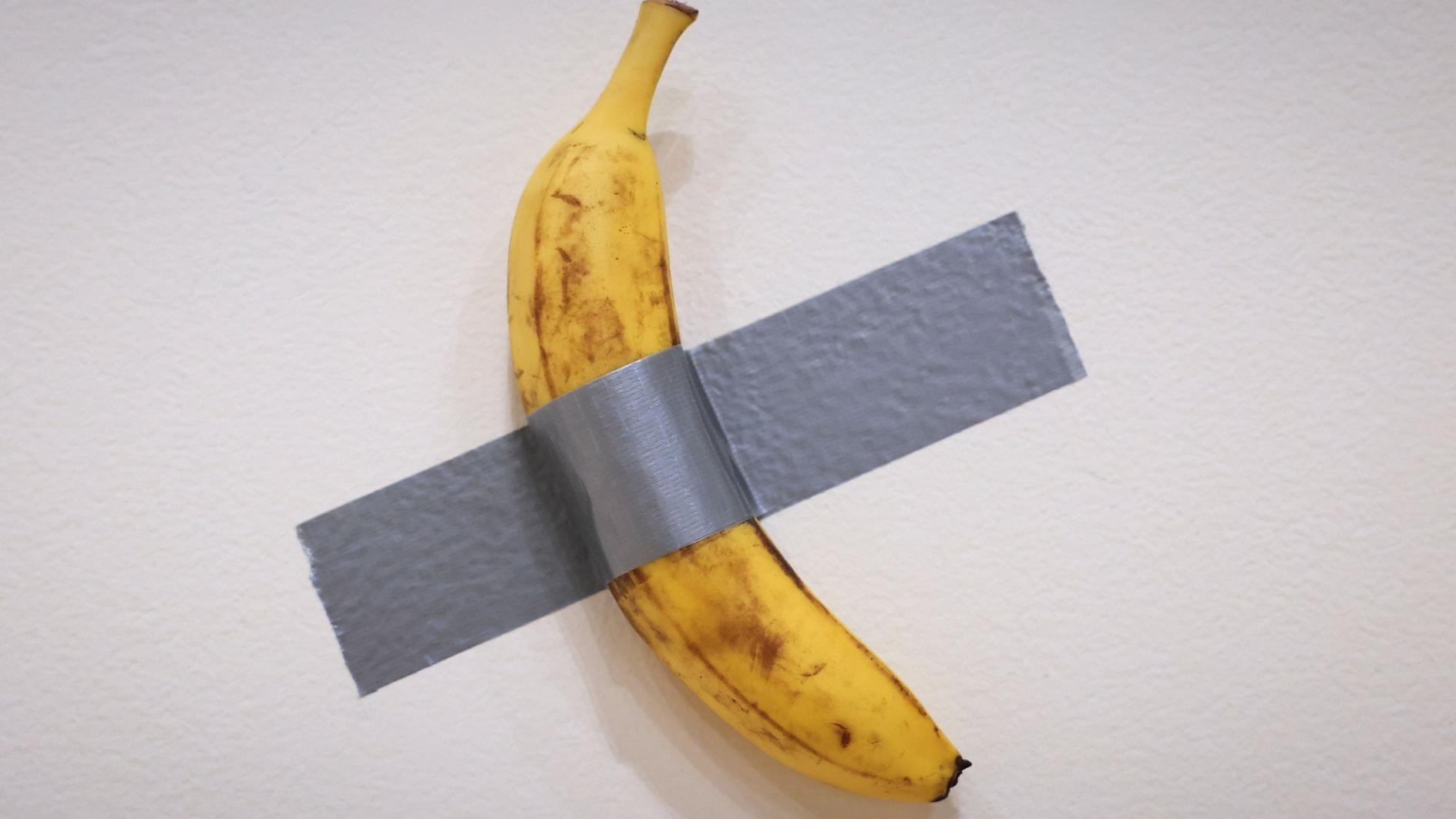Progress in fighting against ISIL
The most recent offensive against the Islamic State of Iraq and the Levant (ISIL) in Iraq and Syria has paved the way to retaking several sites held by ISIL for a long time. Last Friday, the Iraqi army and the Popular Mobilization Forces (PMF), made up of mainly Shia militias, with the aerial support of the U.S.-led coalition, finally took over most of Fallujah city, where the Iraqi government lost control two and half years ago. Recapturing Fallujah, 60 km west of Baghdad, was an important test for the Iraqi army before its broader offensive against ISIL’s stronghold in Mosul, Iraq’s second largest city.
Meanwhile in Syria, the Syrian Democratic Forces (SDF), dominated by the Kurdish fighters from the People’s Defense Units (YPG) alongside Arab fighters, again backed by the U.S.-led coalition, continued its offensive towards the town of Raqqa, ISIL’s capital in Syria, from the north. The Russian- and Iranian-backed Syrian army also launched its own operation towards Raqqa from the south.
Although ISIL’s forces are now under attack from many directions, especially in Syria, their resilience on multiple fronts proves their overall strength. Despite various setbacks, it is clear that the group will not give up easily without a combined effort of all the actors on the ground. On this point, the indirect cooperation between Russia and the U.S. in Syria once more proved its relevance in fighting against ISIL. However, mutual accusations hurled across the board also show that the two are not yet ready to put out a joint front against ISIL.
While the operations in Syria and Iraq have weakened ISIL, they also came with a high humanitarian cost. According to the U.N., up to 150,000 people have escaped or are expected to leave just from Fallujah alone in connection with the recent offensive. It indicates that there is still much suffering in store for Iraqis and Syrians in the future. Apart from the humanitarian cost, the divergences among the local, regional and international actors on the ground might also easily reverse the hard-gained successes.
The sectarian rift between Sunnis and Shia in Iraq unfolded once again during the offensive on Fallujah, where the population is mainly Sunni. The Sunnis of the region, although suffering under ISIL, are still skeptical about the Iraqi army and Shia-majority militias seizing the city.
The earlier marginalization policies of the Shia-controlled central government had created suitable conditions for the rise of ISIL and the support of Sunni tribes. Therefore, it is crucial to regain the trust of the wider Sunni community ahead of the operation for Mosul. Alienating the Sunni community once again would have serious repercussions for the future of the country.
In Syria, the interested actors are still far away from coordinated operation and policies. The current stance of the U.S. government favors counter terrorism operations rather than mostly dead peace talks that were postponed until August. It looks rather difficult to create an environment conducive to real cooperation between the U.S. and Russia, considering the conflicting nature of their interests and rivalry in Syria and beyond. The close stand and the reliance of the U.S. on the Kurdish groups in Syria also create much frustration in Turkey, which has gradually been shifting its Syria policy in recent weeks.
Meanwhile, the Kurdish groups in Syria have considerably increased their capabilities with support from regional and international actors. Although this might encourage them to eventually move towards a formation of an independent, or at least autonomous, state in northern Syria, the support of international actors might easily shift again once the threat of ISIL wanes, and they might find themselves alone against several opponents on the ground.











